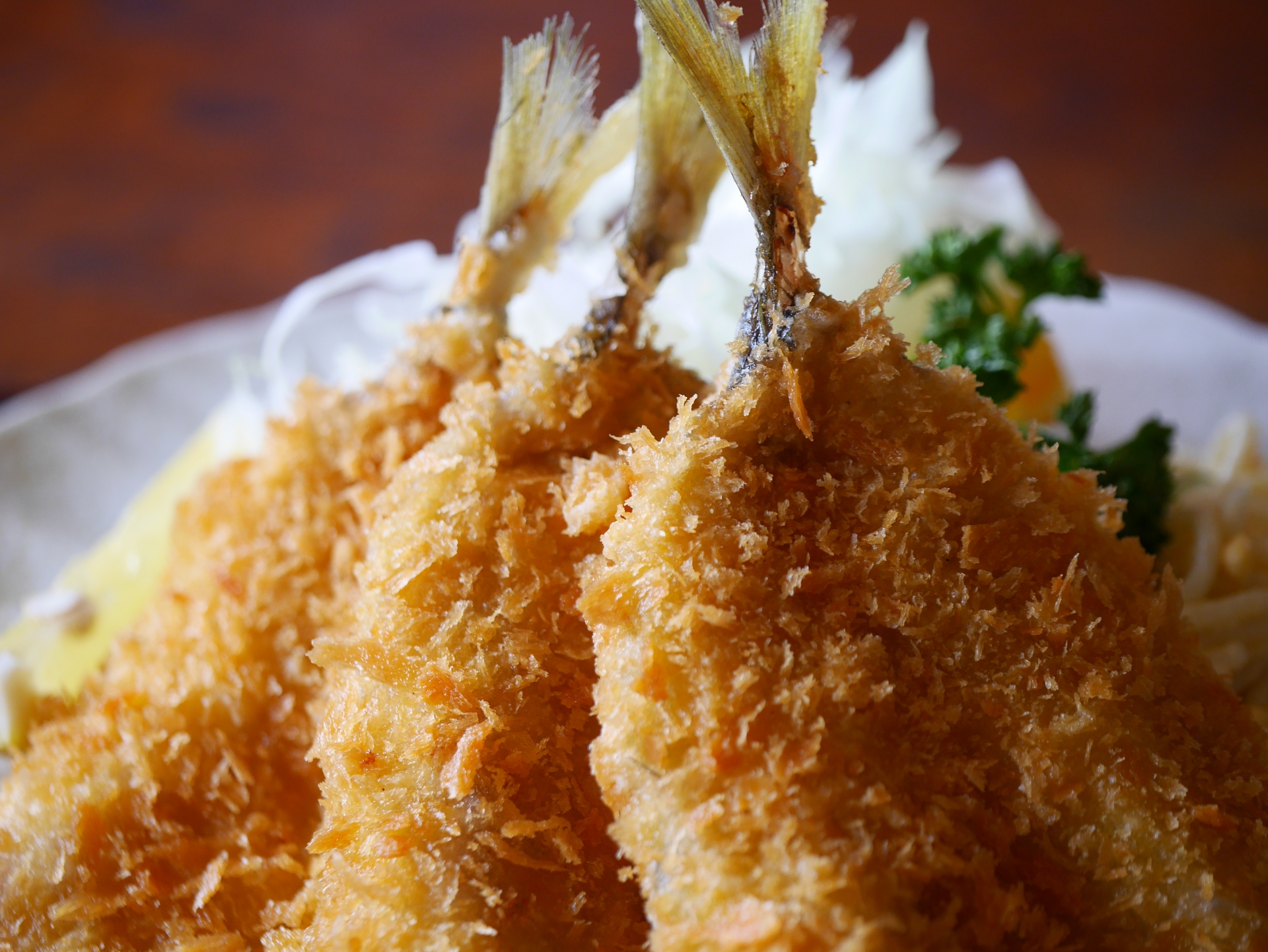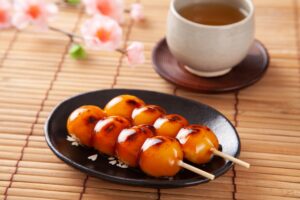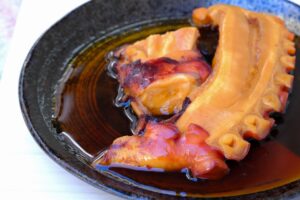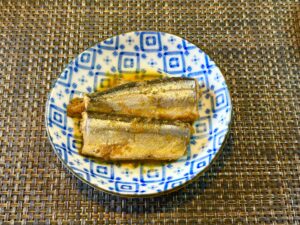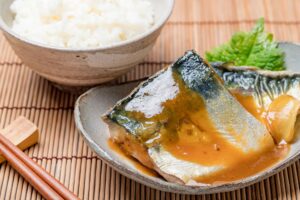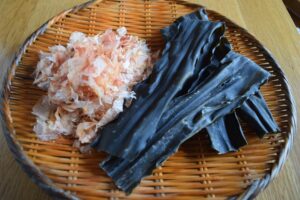Fried horse mackerel, known as “Aji Fry” in Japan, is a staple of Japanese home cooking that combines simplicity with rich flavor. It’s a breaded, deep-fried dish made with horse mackerel, a small fish known for its mild taste and tender texture. In this article, we’ll explore what exactly Aji Fry is, its origins, how it’s prepared, and how to enjoy it like a local.
What is Fried Horse Mackerel (Aji Fry)?
Fried horse mackerel, or “Aji Fry” in Japanese, is a beloved home-style dish that combines fresh fish with the satisfying crunch of golden panko breadcrumbs. “Aji” means horse mackerel, a small, mild-flavored fish, and “Fry” refers to the deep-frying method. This dish is a staple in Japanese home cooking and is frequently found in bento (lunch boxes), family meals, and neighborhood diners. Aji Fry is typically made by butterflying the fish, coating it in flour, egg, and panko, and then deep-frying it until crispy and golden. It’s often served with tonkatsu sauce, tartar sauce, or lemon wedges, making it both versatile and comforting.
The Fish Behind the Fry: What is Horse Mackerel?
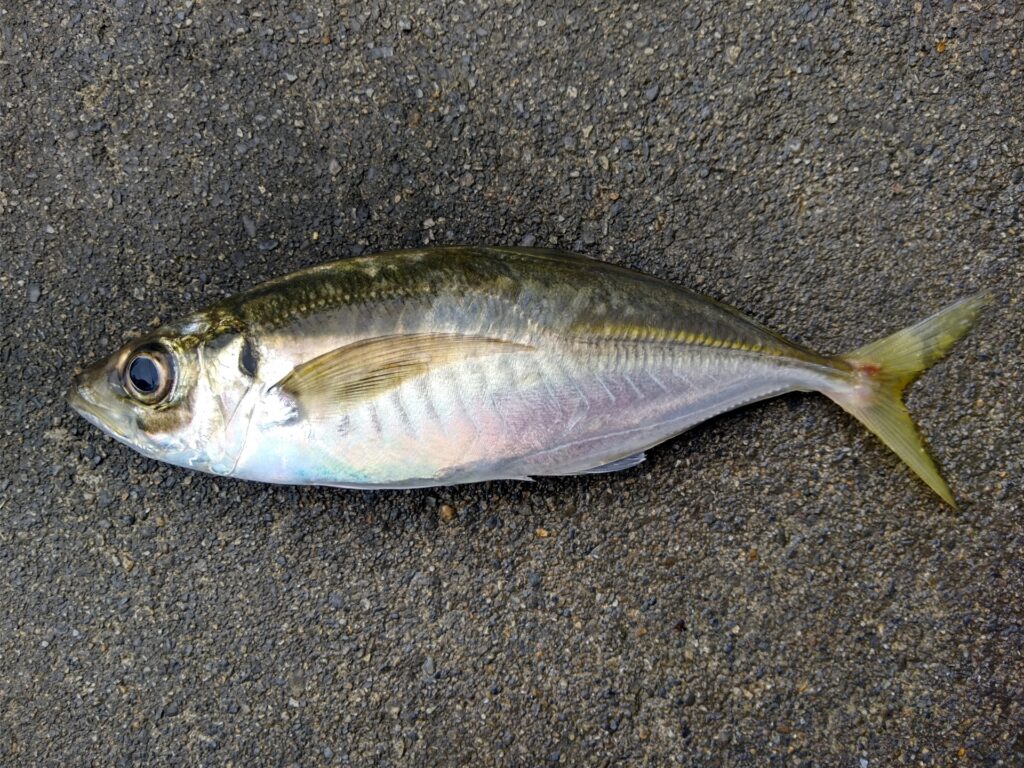
Horse mackerel, or “aji” in Japanese, usually refers to the species Trachurus japonicus. This small fish is common in East Asian coastal waters and is known for its tender texture and clean, umami-rich flavor. Despite the name, it is not closely related to true mackerels like “saba”. The word “horse” in the name is thought to derive from the Dutch term “hors”, meaning shallow coastal waters. Aji has lower fat content than saba and Atlantic mackerel, making it ideal for lighter preparations like Aji Fry.
Horse Mackerel vs Mackerel vs Saba
| Feature | Horse Mackerel (Aji) | Saba (Pacific Mackerel) | Atlantic Mackerel |
| Size | Small (6–12″) | Medium (12–20″) | Medium (12–18″) |
| Taste | Mild, clean, umami | Rich, oily, savory | Oily, strong |
| Fat Content | Low to moderate | High | High |
| Common Japanese Uses | Aji Fry, sashimi, grilled | Shioyaki, miso-ni | Rare in Japanese cuisine |
The Cultural Significance of Aji Fry in Japan
Aji Fry is a common feature in everyday Japanese meals. You’ll find it in lunch boxes, teishoku (set meals), and even on izakaya menus as a savory snack. It gained popularity after WWII, especially during the Showa era, as a budget-friendly and accessible protein source. Its appeal spans generations due to its simplicity, nostalgic value, and satisfying flavor. Aji Fry often brings back memories of childhood lunches or quick family dinners, making it a true comfort food.
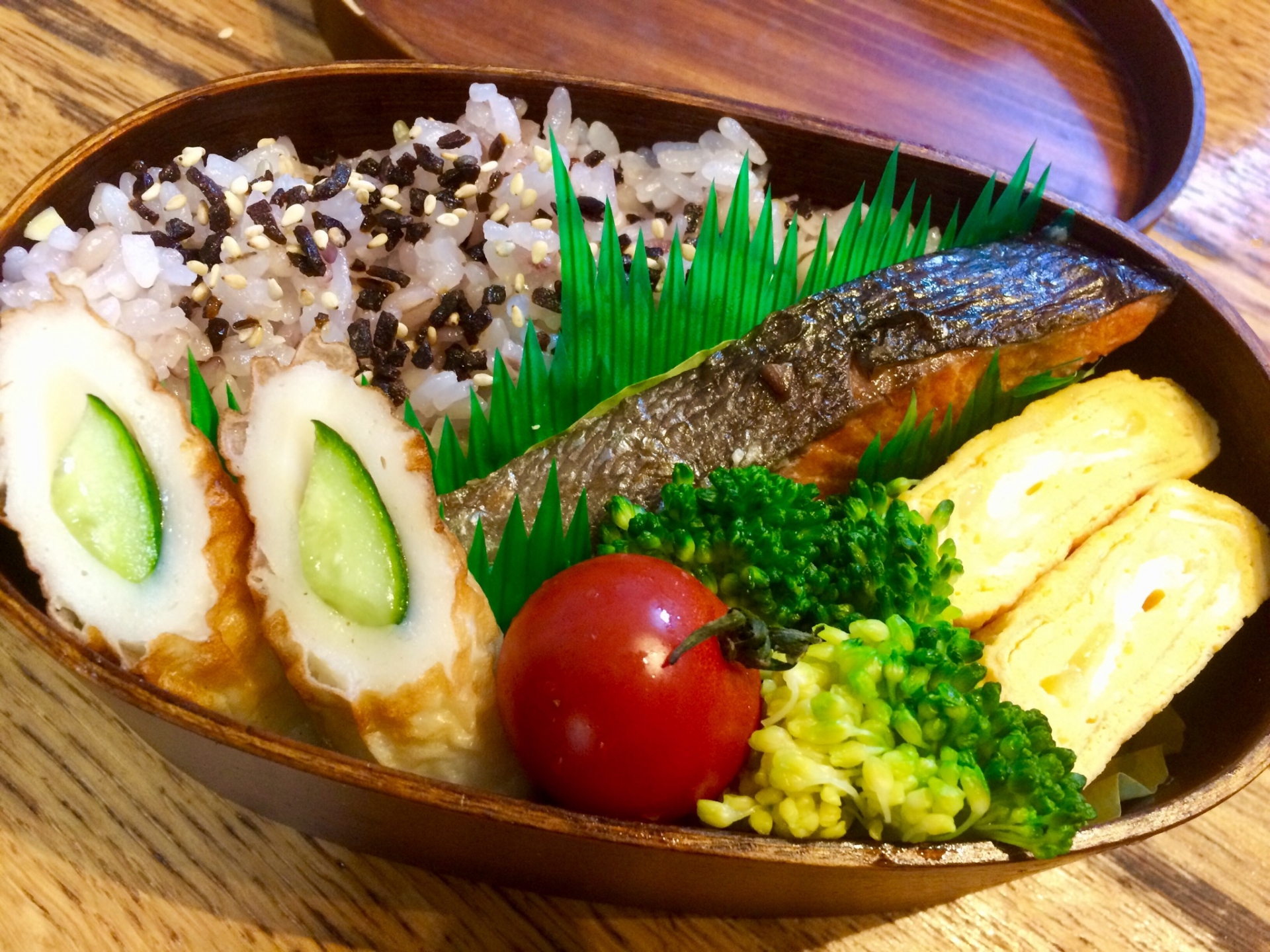
History of Aji Fry in Japan
Aji Fry became widely popular in the post-war Showa era, when deep-fried, Western-style dishes such as tonkatsu began to gain traction in Japanese households. Horse mackerel was affordable and abundant, making it an ideal ingredient for this breaded fish fry. As Japan’s economy improved, Aji Fry maintained its place in the home kitchen thanks to its simplicity, flavor, and flexibility. It evolved into a nostalgic yet still widely enjoyed dish.
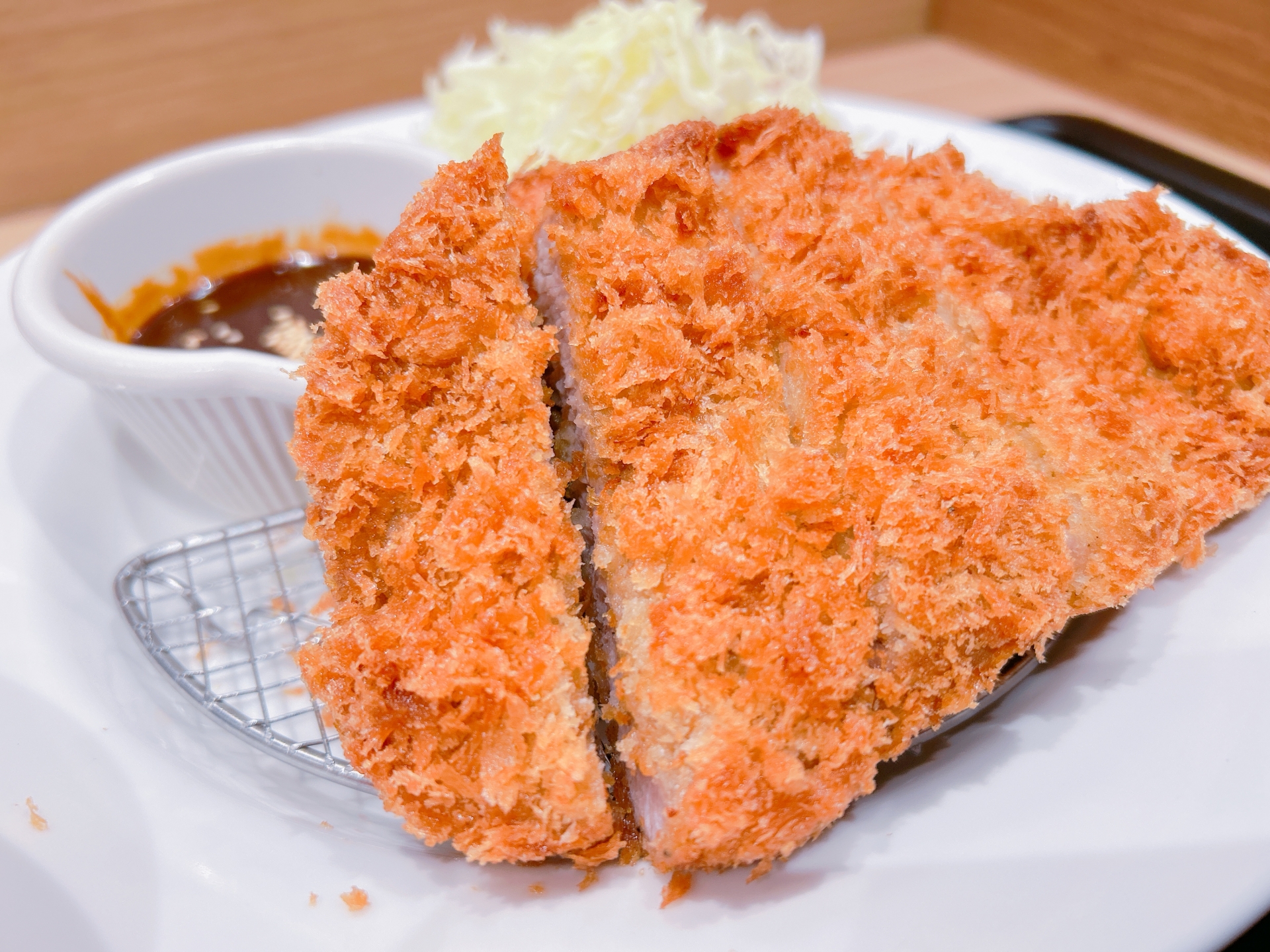
How to Make Fried Horse Mackerel at Home
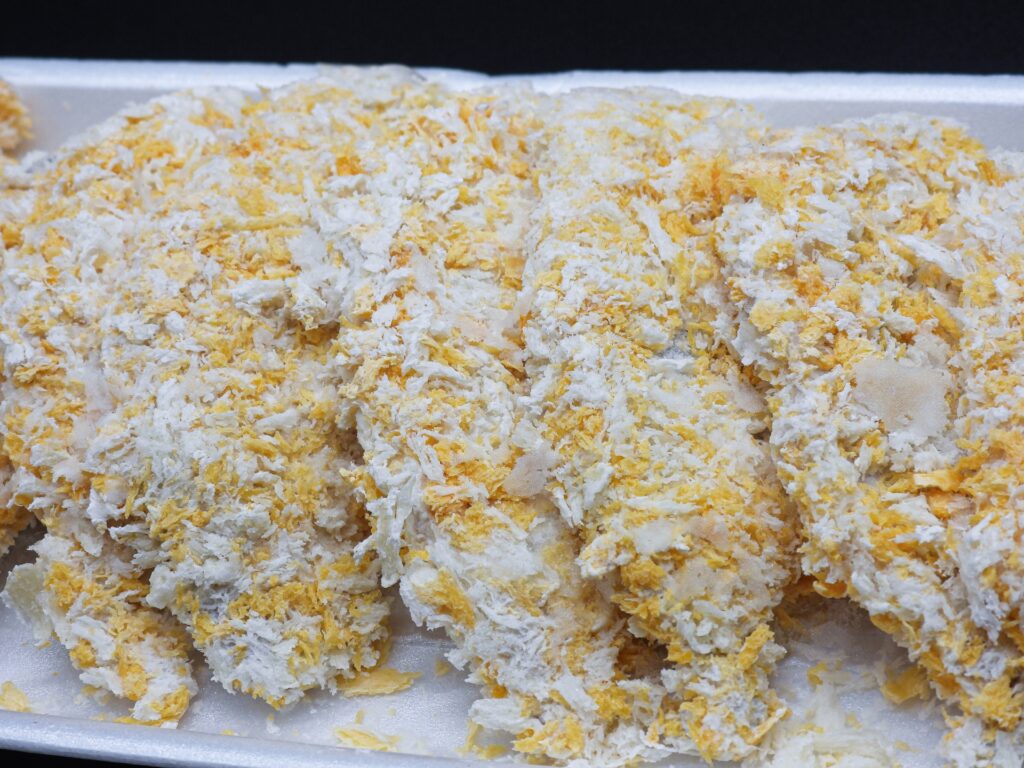
Making Aji Fry at home is a rewarding process. Below is a comprehensive guide for preparing this dish from scratch.
Ingredients List (2 & 4 Servings)
| Ingredient | 2 Servings | 4 Servings |
| Horse mackerel (aji) | 2 whole fish | 4 whole fish |
| Salt | To taste | To taste |
| Black pepper | To taste | To taste |
| Flour | 1/4 cup | 1/2 cup |
| Eggs (beaten) | 1 | 2 |
| Panko breadcrumbs | 1 cup | 2 cups |
| Frying oil (canola) | As needed | As needed |
Fish Preparation
- Gut and clean the fish. Remove the head and backbone (or butterfly the fillet).
- Rinse and pat dry.
- Season lightly with salt and pepper.
Breading Process
- Dredge the fish in flour.
- Dip into beaten egg.
- Coat with panko breadcrumbs.
Frying Steps
- Heat oil to 170°C (340°F).
- Fry each side for 2–3 minutes until golden.
- Drain on a wire rack.
Pro Tips
- Dry the fish before breading.
- Use a thermometer to maintain oil temperature.
- Let coated fish rest before frying.
- Avoid overcrowding the pan.
Recommended Tools
- Wire rack
- Tongs
- Food thermometer
Ingredients List & Substitutions
If you can’t find horse mackerel, try smelt, sardines, or cod fillets. These can be found in Asian grocery stores or online. Panko and Japanese sauces are widely available at international markets.
Tips for Perfect Aji Fry
- Dry fish thoroughly.
- Use fresh panko.
- Rest breaded fish 5–10 minutes before frying.
- Drain on wire rack, not paper towels.
Nutritional Profile: Is Aji Fry Healthy?
Despite being a fried dish, Aji Fry can be relatively healthy:
- Calories: ~200–250 kcal per fillet
- Protein: 18–20g
- Fat: 10–15g
- Omega-3: High (1–2g)
It’s lighter than fried chicken or pork cutlets, with more beneficial fats. Served with rice and cabbage, it forms a balanced meal.
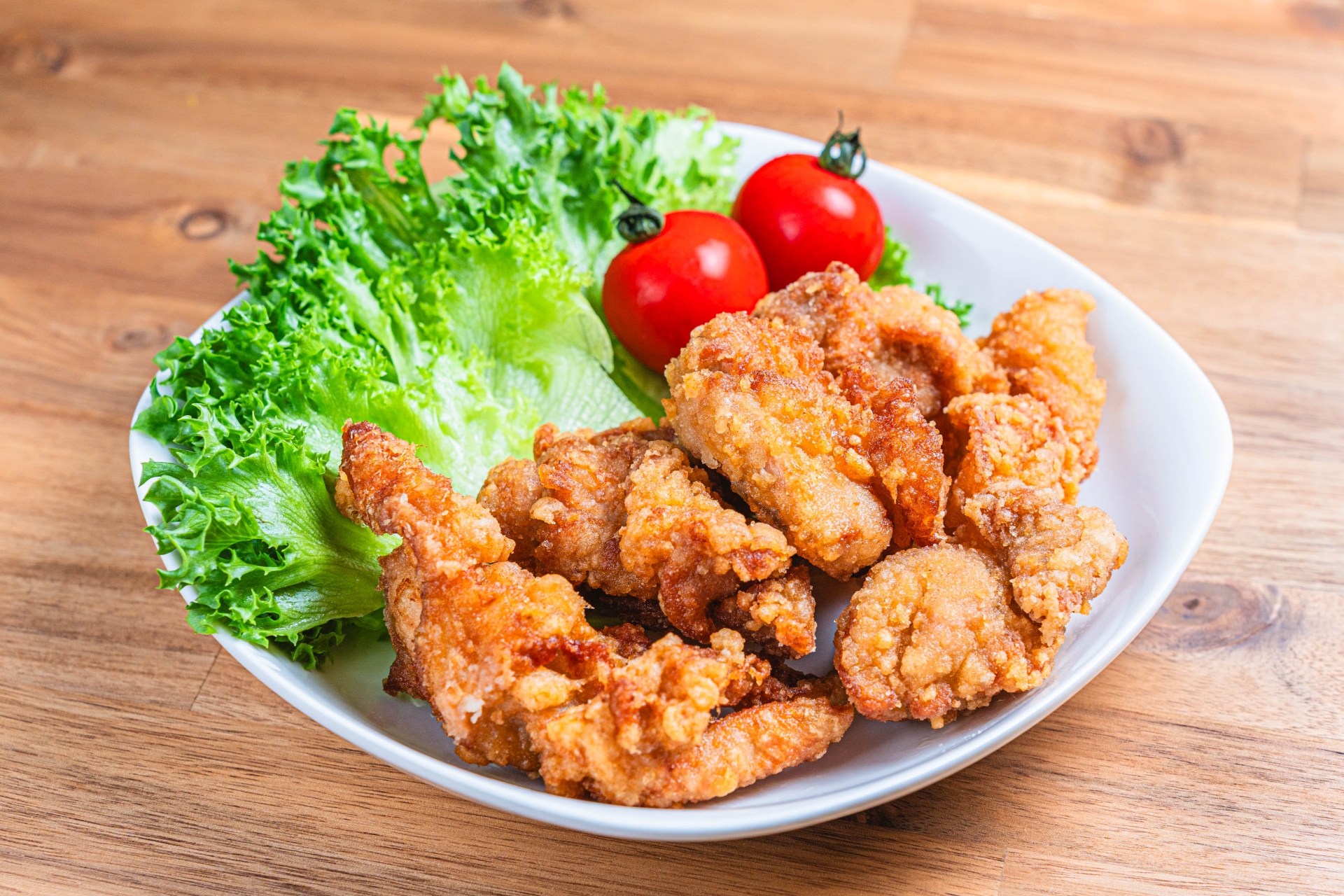
Delicious Ways to Serve Aji Fry
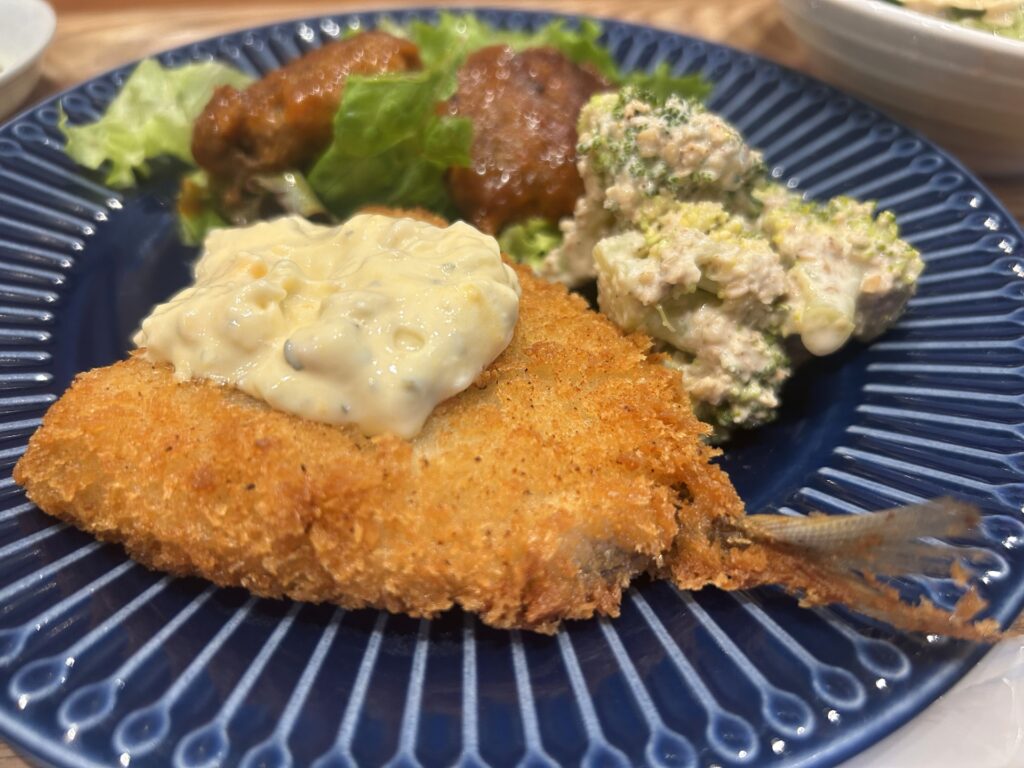
Commonly served with rice, miso soup, cabbage, and pickles, Aji Fry goes well with:
- Tonkatsu sauce
- Tartar sauce
- Lemon wedges
Drink pairings: green tea, cold beer, or even sake.

Bento Box Inspiration
Aji Fry is commonly packed with tamagoyaki, pickles, and seasoned rice. To keep it crispy:
- Cool before packing
- Use wax paper or lettuce to separate items
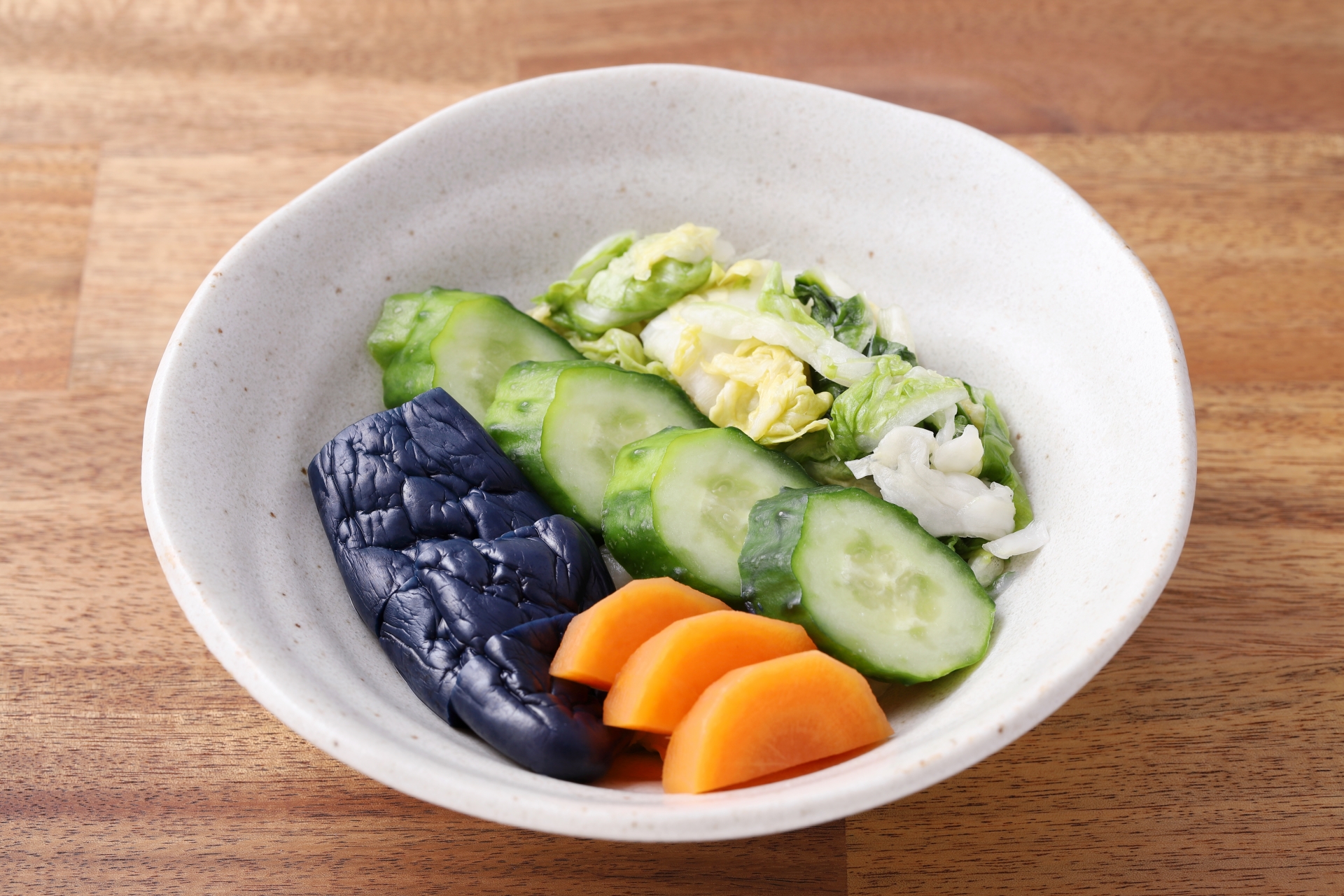
Leftovers and Storage Tips
- Freeze: Place breaded fish on tray, freeze, then bag
- Reheat: Use oven (350°F for 10 min) or air fryer
- Storage: 3 days in fridge, 1 month in freezer
Summary and Final Thoughts
Aji Fry is a simple yet iconic dish that represents the soul of Japanese home cooking. Its light flavor, crispy texture, and comforting presence in everyday meals make it a timeless favorite. With a bit of effort, you can enjoy this nostalgic dish at home—whether for a casual weeknight dinner or a beautifully arranged bento.

